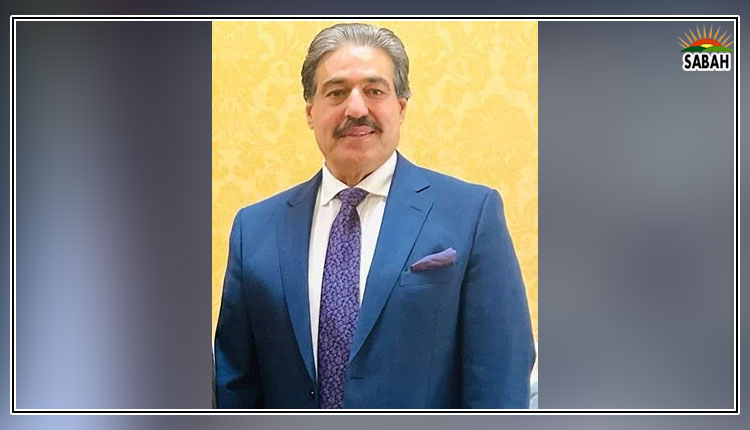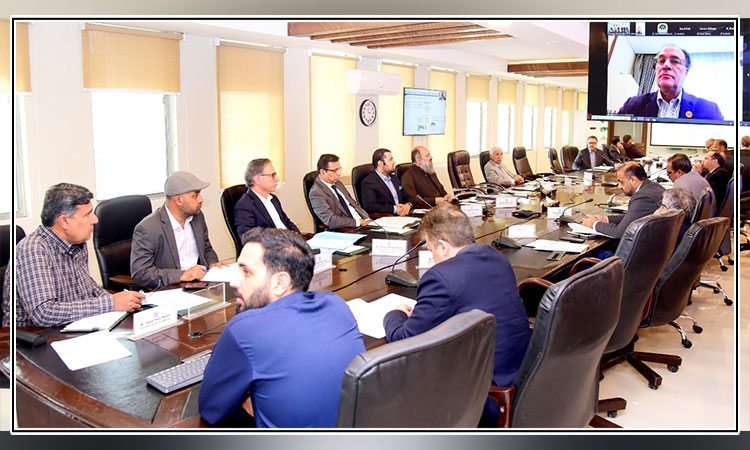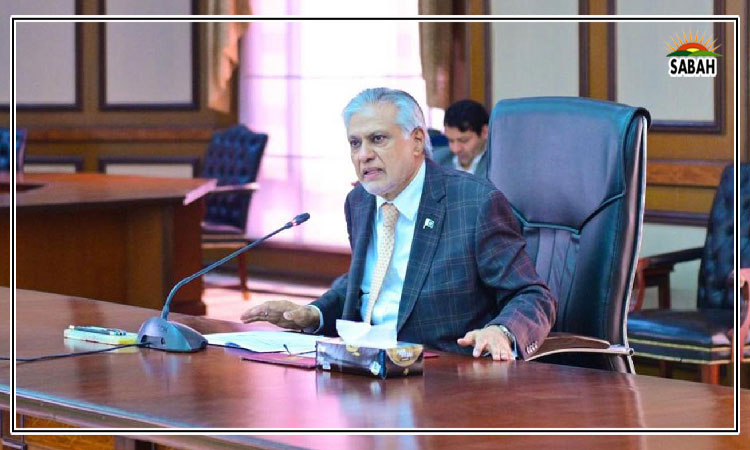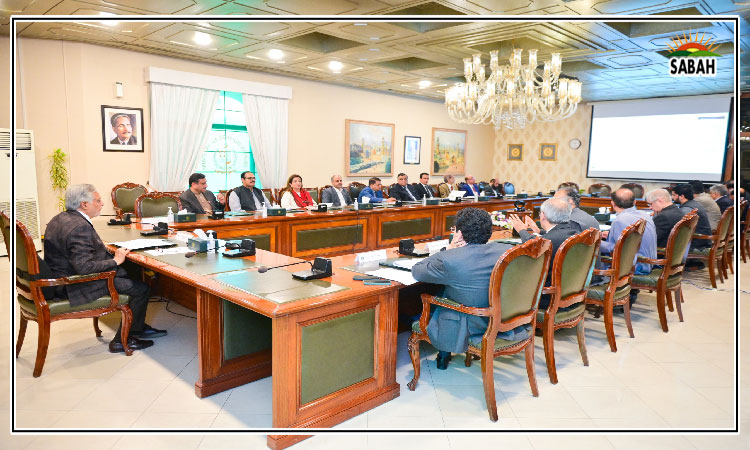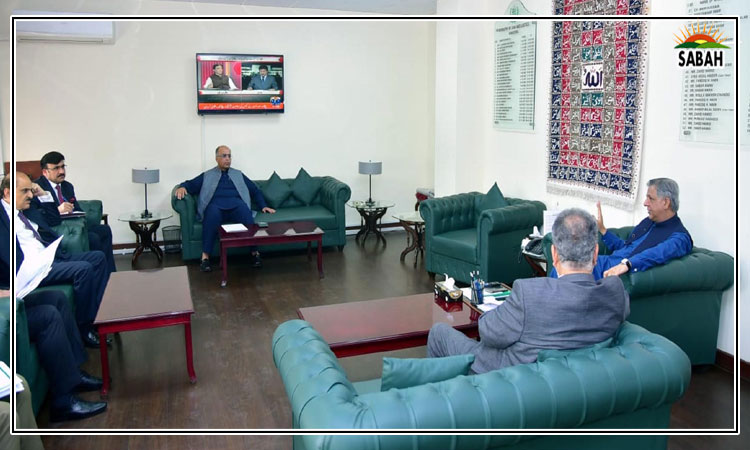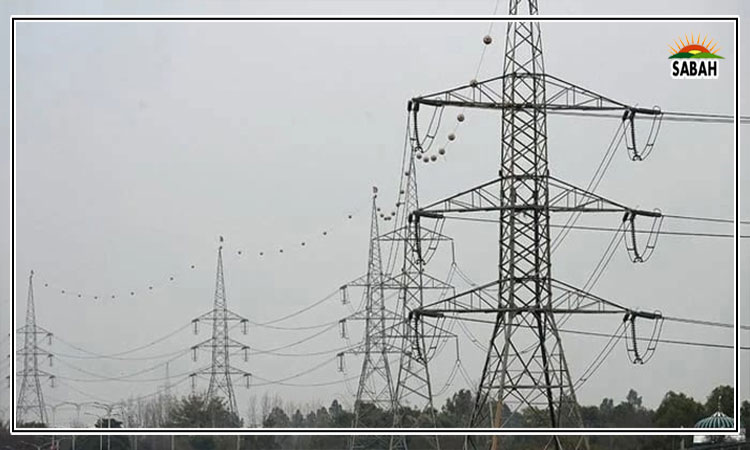The chaos in the power sector: Part – II ….Humayun Akhtar Khan
For over a decade, the economy has been in self-destruct in which the power sector, along with our fondness for debt, has had a major role. It is time now for all stakeholders to resolve the matter in the interest of the country’s economic revival.
IPPs and banks have booked high amounts of profit. While companies are entitled to profit, it must not come at the expense of the economy. The government has propped up an inherently broken arrangement in the power sector. IPP profits come at the expense of every other firm in the economy and each household in the country.
Our businesses pay twice more per unit of power than those of the regional economies. In addition, taxes subsidize IPP profits. Given its primary role in the economy, the whole nation must rethink the dubious structure on which private power rests.
Below I recommend separate treatments for each type of IPP. Given how severely IPPs affect our economy, I recommend bold and innovative action by the government of Pakistan in a fair and amicable arrangement. The present situation is not even in the interest of the IPPs, as payments to them either by consumers or the government are now unsustainable. Though they have big profits on the books, they come with high trade receivables and payables. Also, IPP income may take a hit as demand for power is tapering. On the other hand, Pakistan’s manufacturing is dying. Manufacturing companies that still make a profit now reinvest their profits in other sectors.
The government may take immediate action in the following ways: first, a mutually agreed solution regarding risks and returns. The government’s agreements with the IPPs transfer all business risks and costs to the consumers and taxpayers. While it is not desirable to back off from agreements, the severity of the problem calls for a shift in approach.
Our first preference should be a mutually agreed solution that aims to balance the sharing of risks and returns. In 2020, the government of Pakistan and power producers agreed to change some provisions of the power purchase agreement. Today also, the government may persuade IPPs to change some conditions, such as to place a cap on indexation, especially for capacity payments. It is possible to reduce government obligations, at least for Pakistan-owned IPPs.
Second, Nepra must recommend the parameters for revising tariff rates and find a balance between the interests of the producer and consumer. Third, the government and Nepra must stop all extensions in power purchase agreements. They have done so in some cases.
Fourth, cancel all agreements made with government-owned IPPs. Their equity and the outstanding debt may then be owned by the federal government or the government of Punjab. Their existing administrative arrangements may continue, though Nepra/government may set performance standards for them.
Fifth, as a general rule, plants fueled by RLNG generate power at a high cost per unit. Cost depends on the age and efficiency of the power plant. Those in the private sector have mostly shifted from gas to RLNG as gas supply fell. A large part of these plants are government-owned. They would fall under recommendation four above.
The PPAs of plants owned by private interests have expiry dates that range from 2026 to 2040. They have low long-term debt. The government must adopt a case-by-case approach to each. In some cases, the first recommendation (above) is sufficient. In other cases, the government of Pakistan may float rupee bonds to buy equity interest in them and to repay their debt. This would need IMF clearance.
The sixth recommendation is that, over a three to five-year period, the government of Pakistan may assume an equity stake in the newly established IPPs. Their outstanding project debt is about $4.5 billion. As they are foreign-owned, the government must make the proposal to the sponsors after persuading the partner government for support.
The government may fund this acquisition through long-term concessional bilateral debt from a partner government. As the cost of debt feeds into the tariff, the conversion of debt to equity would reduce the tariff. Assuming an equity stake would provide the government of Pakistan a seat on the board to make decisions in the interest of the consumer. It will not be easy, but it is worth a try.
Seventh, to reduce tariffs, shift coal-fired plants from imported to Thar coal as soon as output at Thar grows. Eight, continue increasing transmission capacity to reduce capacity payments. And the last recommendation: the government has introduced a super tax on all large firms. While IPPs are exempt from corporate tax, the government may impose the super tax on them as it has on all other companies.
The chaos in the power sector is the result of successive governments acting with short-term thinking. Their decisions lack the organizing principle that must guide all government decisions. Every act by the government of Pakistan must have the goal of serving the interests of the common person and the nation. For that, we must rely on homegrown solutions and use foreign advice to serve the overarching national goals.
Concluded
The writer is chair and CEO,
Institute for Policy Reforms. He has a long record of public service.



